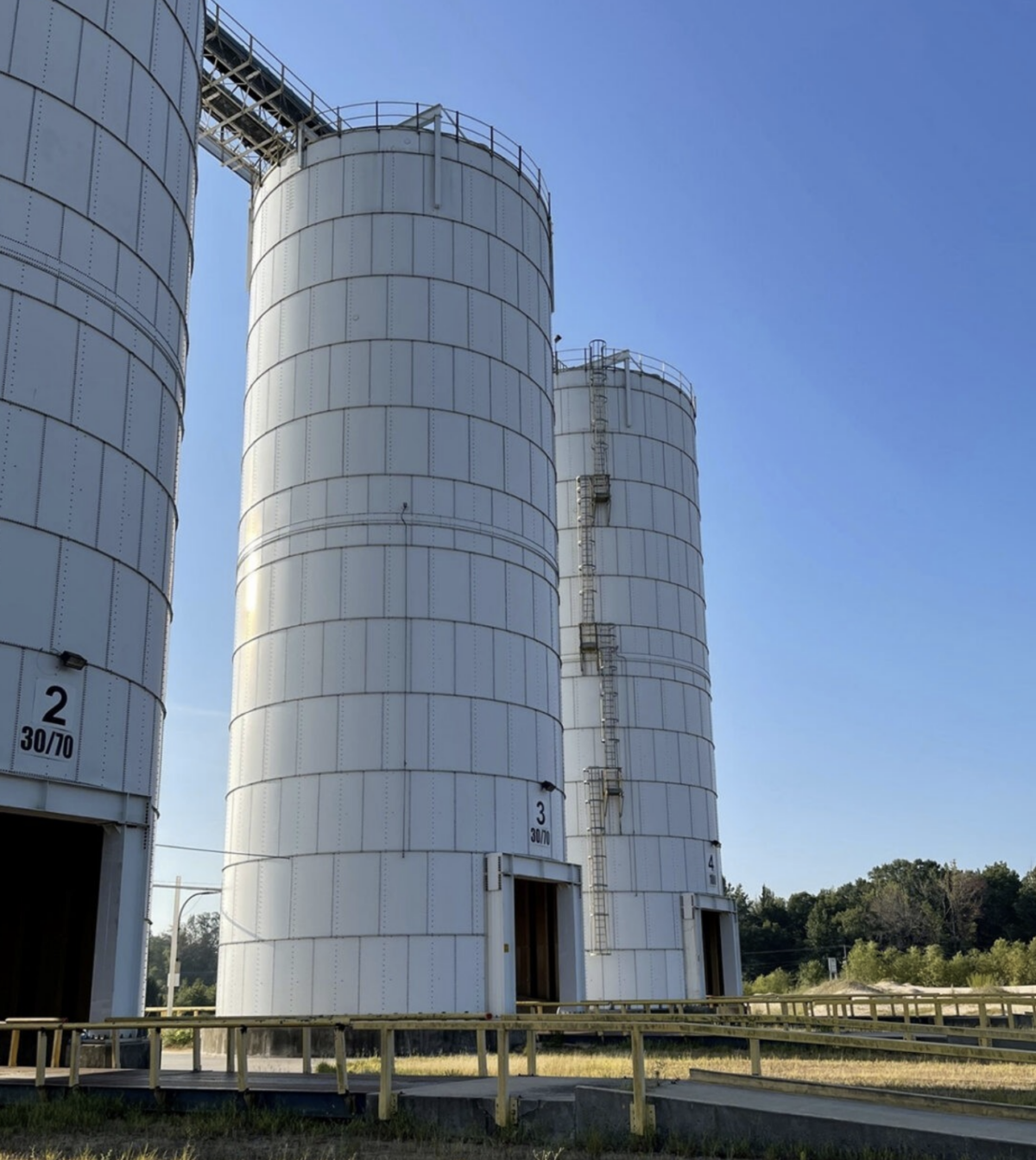Mass Flow vs. Funnel Flow in Dry Bolted Tanks

The flow pattern in a bolted tank impacts the discharge rate, material handling efficiency of the tank, and the potential for material segregation within the tank.
A mass flow tank allows material to flow uniformly across the entire hopper outlet. Mass flow is most appropriate for cohesive materials which require a more uniform discharge. Examples include wet or sticky bulk solids, certain food products, or materials with irregular shapes.
Funnel flow tanks allow material to flow only through the central part of the outlet. Funnel flow is suitable for free-flowing, non-cohesive materials like powders or dry particles. Funnel flow can also be helpful when space is at a premium.
You should also take hopper geometry into account when choosing flow types. You should also consider the angle of repose of the material. Choosing the right flow panels can help you avoid many bulk solids handling problems.
Engineering Flowability
We can engineer different flow patterns when we design a tank for you. For example, a smooth, steep cone helps to facilitate a mass flow pattern. We can also help by designing alternate hopper angles.
Can the flow pattern be changed in an existing tank?
Yes. We will be happy to discuss how we can conduct this project on your behalf.
How can operators determine the flow pattern in a dry-bolted tank?
You can determine the flow pattern in a dry bolted tank by observing material discharge patterns during operation, conducting flow tests, or consulting with engineers experienced in bulk material handling.
Get Help Today
The team at FORGE doesn’t just design incredible tanks. We also design tanks specifically to help you solve your materials handling and storage problems. We’ll complete your job on time and budget and have plenty of experience helping customers manage their tank-based needs.
Ready to get started? Reach out and get in touch!





